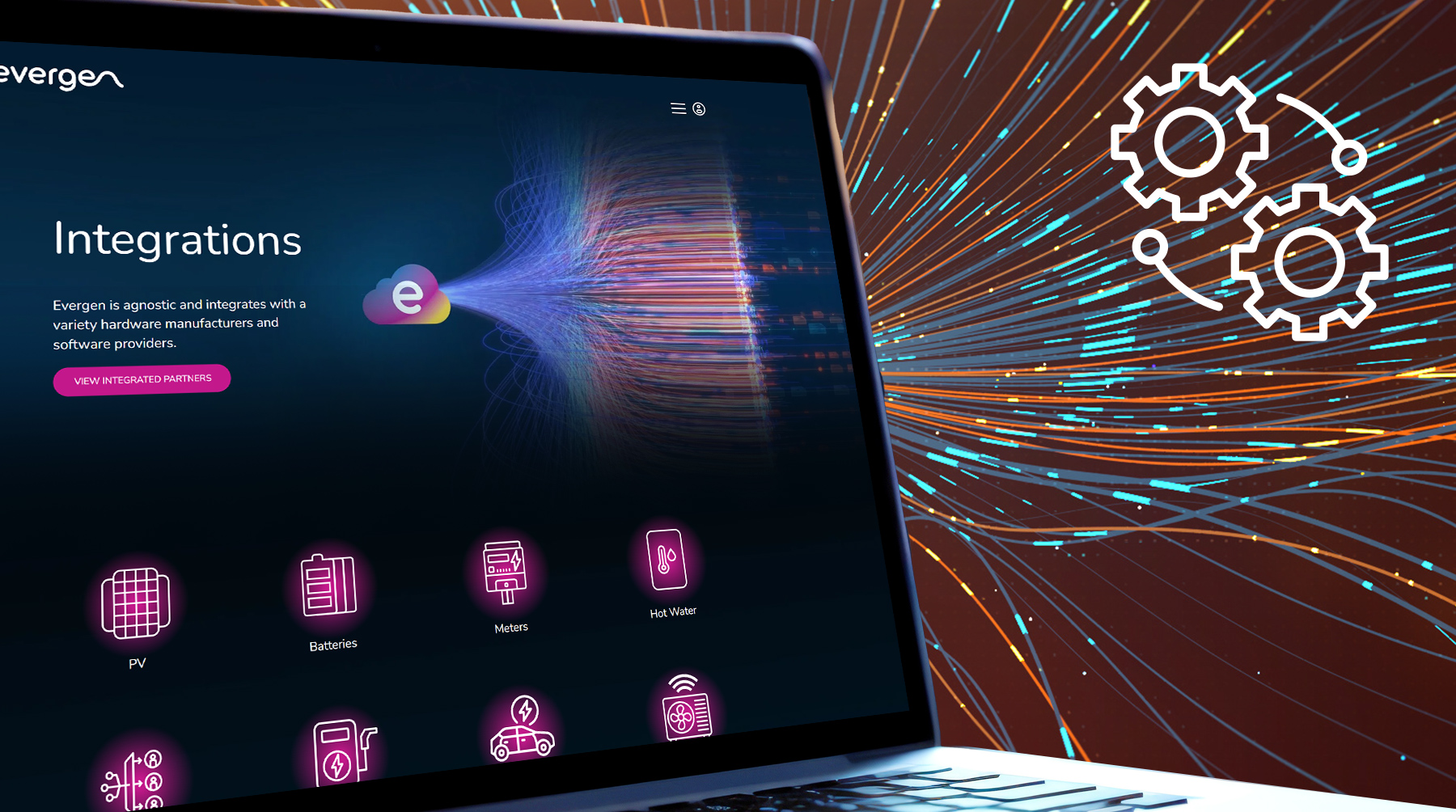The energy market is complex. Lucy Carpinelli, Solution Architect at Evergen explains Frequency Control Ancillary Services (FCAS) and why they are so important in the energy market.
1. So what is FCAS?
FCAS stands for Frequency Control Ancillary Services.
Electricity in the grid flows at a frequency of 50 Hz. Maintaining this frequency is essential to the safe operation of the grid. AEMO procures Regulation FCAS for when frequency is within the Normal Operating Frequency Band (NOFB, 49.85Hz-50.15Hz) but needs to be brought back to 50Hz, and Contingency FCAS for when frequency is outside the NOFB and needs to be brought back towards 50Hz. If demand and generation aren’t carefully matched, the frequency will deviate, and this can happen in a matter of seconds. This can quickly lead to blackouts, so the grid is closely monitored and deviations in frequency rapidly corrected by increasing or decreasing generation or demand (depending on whether frequency needs to be increased or decreased).
If you are a provider of FCAS and your bid has been accepted, you will agree to keep your asset on standby to respond to frequency deviations.
2. How do ‘assets’ provide FCAS?
Until mid-2017, FCAS was provided chiefly by large grid-scale generators. In July 2017, behind-the-meter sites became eligible to deliver Contingency FCAS. A diverse array of commercial sites now participate by pure load curtailment, and also by switching to on-site generation like UPS + generator combinations or batteries.
AEMO’s VPP demonstration programme has also shown the ability of residential batteries and hot water systems to deliver the same service. A collection of such behind-the-meter assets of all sizes is called a Virtual Power Plant (VPP).
3. How does it work?
Assets are bid into FCAS markets on the basis that they can either Raise or Lower grid frequency when it reduces or increases respectively. For a behind-the-meter site, this could mean reducing load/discharging a battery to raise frequency, or increasing load (e.g. using HVAC)/charging a battery to lower frequency.
The Australian Energy Market Operator (AEMO) is responsible for securing FCAS. heir platform manages a daily bidding process and awards FCAS enablement to the best-priced offers on a day-ahead basis.
Assets that have been enabled for FCAS need to be on stand-by for a frequency excursion. The frequency may be perfectly stable within the NOFB (which it usually is), in which case the asset owners earn the FCAS fee simply for being on stand-by.
4. How much money is made providing FCAS?
AEMO spent $81 million on FCAS in Q4 2019, which went to the participants providing FCAS. The FCAS price can vary from 1 cent per MWh to >$15,000 per MWh. Most FCAS revenue is earned when AEMO is most nervous about the risk of an event occurring. They calculate the risk of contingency events on an ongoing basis, and this changes the amount of FCAS they procure.
5. Who is buying?
AEMO operates the FCAS market, ensuring there is sufficient FCAS capacity enabled to support the stability of the grid. However, FCAS costs are charged back to generators and retailers, who ultimately pass the cost back to consumers.
6. What does this mean for consumers?
As Distributed Energy Resources (DERs) and especially VPPs become more prevalent, FCAS provides a way for consumers to share in the upside of supporting the grid.



